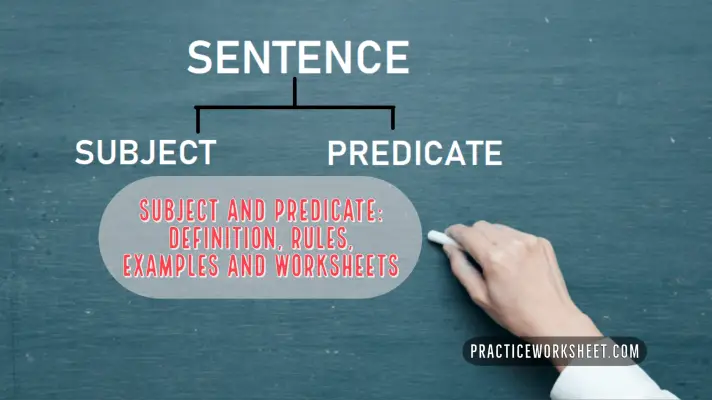The term “Deci” in Decimal Numbers means tenths. Hence, Decimal numbers are numbers where the calculation basis is ten. In mathematics, a number whose whole and fractional parts are separated by a decimal point is called a decimal number. The decimal point is expressed using a dot (.). Decimals are fractions whose denominators are 10 or its multiples. The digits on the right side of the decimal point have values less than one.
As mentioned earlier, A decimal number has two parts separated by a decimal point as shown in Fig. 1.
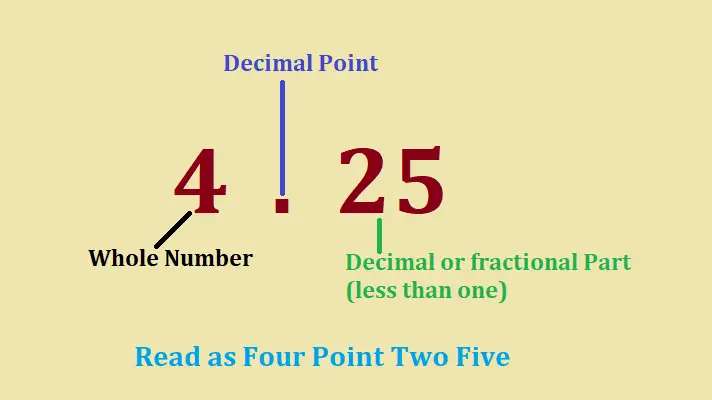
In the above image, 4 represents the whole part and 0.25 represents the decimal or fraction part. Note that the number is read as Four Point Two Five, not four point twenty-five. The whole number part is to the left of the decimal point and the decimal part is to the right. If nothing is mentioned in the whole part place as zero and read as zero point two-three (if the decimal number is .23).
Rules for Converting Fractions to Decimals
1. Fractions with denominator 10, 100, 1000, ..
If the denominator is 10, 100 or 1000, etc then count the number of zeroes in the denominator and put the decimal points after that many digits from right.
For example 23/10= 2.3; 23/100=0.23; 23/1000=0.023 and so on. In 23/10, the number of zero is 1, so the decimal point is placed only after one digit from the right and the decimal number is 2.3; Similarly, for 23/1000 the number of zeroes is 3. Hence, the decimal point to be put after three digits from right and 0.023 is the answer.
2. For Mixed Fractions with denominator 10, 100, 1000, etc
For mixed fractions, the whole part will remain as a whole and the decimal point will be placed in a similar way for the fraction part as mentioned above in point 1. for example in mixed fractions 2-4/100; two is the whole part and 4/100 is the fraction part. So while converting it will be 2.04 (As there are two zeroes, the decimal point is placed after two digits from 4, and whole part 2 remains whole part)
3. Fractions whose denominators are not 10, 100, 1000, etc
For the fractions whose denominator is not 10, 100, etc, first write down the denominator and find a number that can be multiplied to it for making it 10 , 100, etc. Now multiply both numerator and denominator both with the same number to convert it a fraction with denominator as 10, 100, 1000, etc. Now follow the above-mentioned rules (as stated in point 1 or 2) to convert it into decimals.
For example, 1/5=(1 x 2)/(5 x 2)=2/10=0.2. Here the denominator 5 can be multiplied by 2 to make it 10. So multiply both numerator and denominator by 2 to make it 2/10 and now convert it into decimal as 0.2.
Rules for Converting Decimals to Fractions
For converting decimals to fractions first write the digits without the decimal point in the numerator. Then count the number of digits to the right of the decimal point or dot. Now in the denominator place 1 followed by number of zeroes equal to the number of digits after the decimal point you counted.
For example, 1.25=125/100. First 125 is placed in numerator, then no of digits are counted after the decimal point (here two digits). So in the denominator after 1 two zeroes are placed. In a similar way 0.021=21/1000.
Let’s learn more about fraction to decimal and decimal to fraction conversion while solving the following decimal number worksheets.
Decimal Numbers Worksheets: Decimal to Fraction and Fraction to Decimal
Q1) Convert the following decimal numbers into fractions
- 0.07
- 2.37
- 1.025
- 10.105
- 8.79
- 9.870
- 12.3256
- 1234.1234
- 1010.0012
- 12.560987
Q2) Convert the following fractions into decimals
- 3/1000
- 260/100
- 2-35/1000
- 103/1000
- 105/100
- 29/1000
- 123-123/1000
- 1-1/1000
- 2-12/1000
- 38/1000
Q3) Read the following statements and write true or false
- 2/10=0.2
- .2=0.2
- All fractions can be converted into decimals
- All decimals can not be converted into fractions.
- Decimal is a type of fraction.
- 1.23 is read as one point twenty-three
- The whole part in decimal number is either zero or greater than zero.
- The decimal part in a decimal number can be greater than one.
- 12/100=1.02
- 1056/1000=1.056
Q4) Convert into fractions or decimals as possible
- 25/50
- 1/2
- 12/4
- 3/25
- 0.205
- 1-2/5
- 35-3/4
- 1.2345
- 987.456
- 2/50

![Fractions Worksheets Grade 4 [With PDF] Fraction Worksheet](https://practiceworksheet.com/wp-content/uploads/2020/04/Fraction-Worksheet.png)

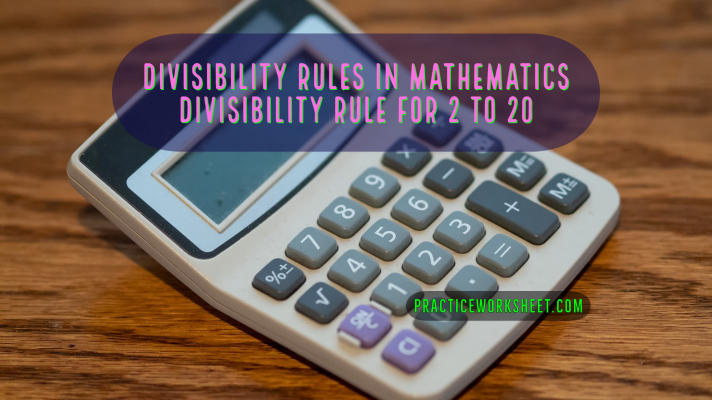

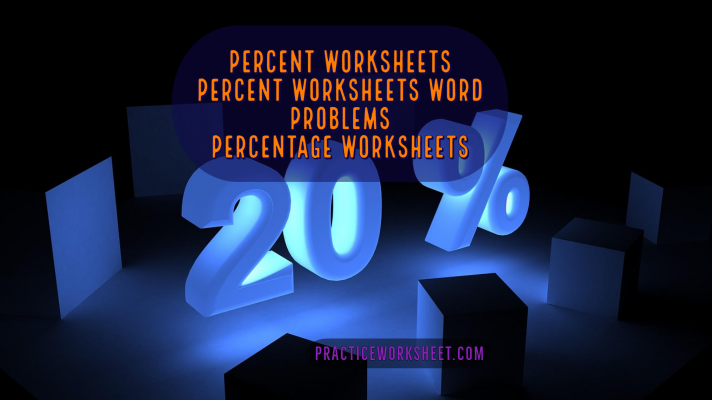
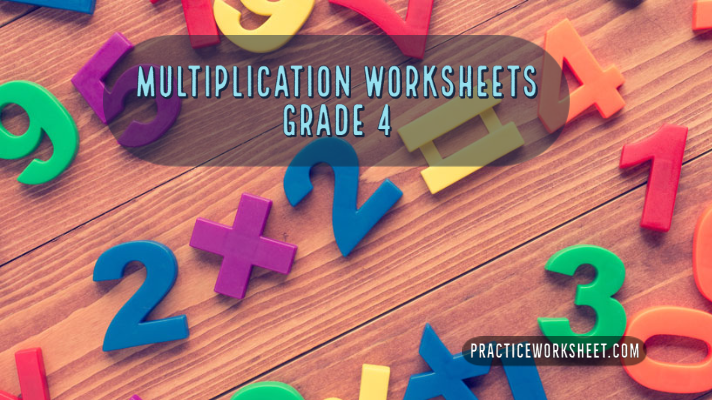
![Worksheet: Place Value, Face Value, Expanded Form and Comparing Numbers [With PDF] Place Value, Face Value, Expanded Form and Comparing Numbers](https://practiceworksheet.com/wp-content/uploads/2020/04/Place-Value-Face-Value-Expanded-Form-and-Comparing-Numbers.png)
